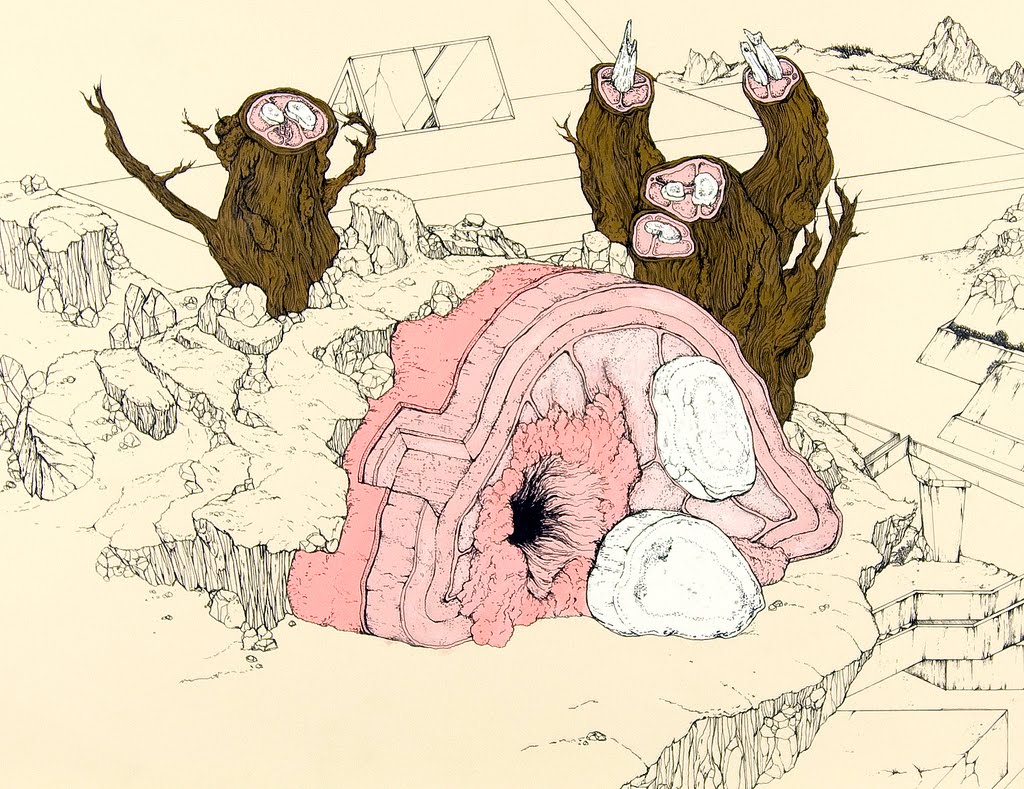It has recently been drawn to my attention that most receipts are not printed using ink. The information displayed on most receipt paper is infact transferred onto the 'paper' which is coated with a very thin layer of conventional thermal sensitive material. The information is created by a light (heat) source 'spelling out' the information onto the surface, causing a physical fusion process to take place in the thin thermal sensitive layer part of the surface (e.g. of the receipt paper) where by the areas exposed to the light source melt rapidly and assume a change in pigmentation. The trick lies in the fact that the change in pigmentation only takes place when in liquid state and the heat makes the thermal sensitive layer change phase from solid to liquid. This change is permanent when it cools and re-solidifys, which happens quickly. The faster it cools, the more lasting the effect. The side of the paper with out the coating is left unchanged.

Anyway, this for me was astounding. I had a most exciting day playing with light bulbs, lighters, kettles and this has been right in front of me all along. People bang on about thermal transfer printers all the time and yet no penny dropped. Until now.
Here are some of the results from heat-play. Its very exciting that the backs of all these receipts remains unchanged compared to the difference that appears on the coated side.
Rubbing also marks this paper type because friction creates heat. I would like to get my hands on some massive sheets/rolls of this paper and will read up about something called 'thermochomism', the likes of which exists in mood rings and those mugs that change picture when hot beverage is poured inside. It will be of use to me.






















